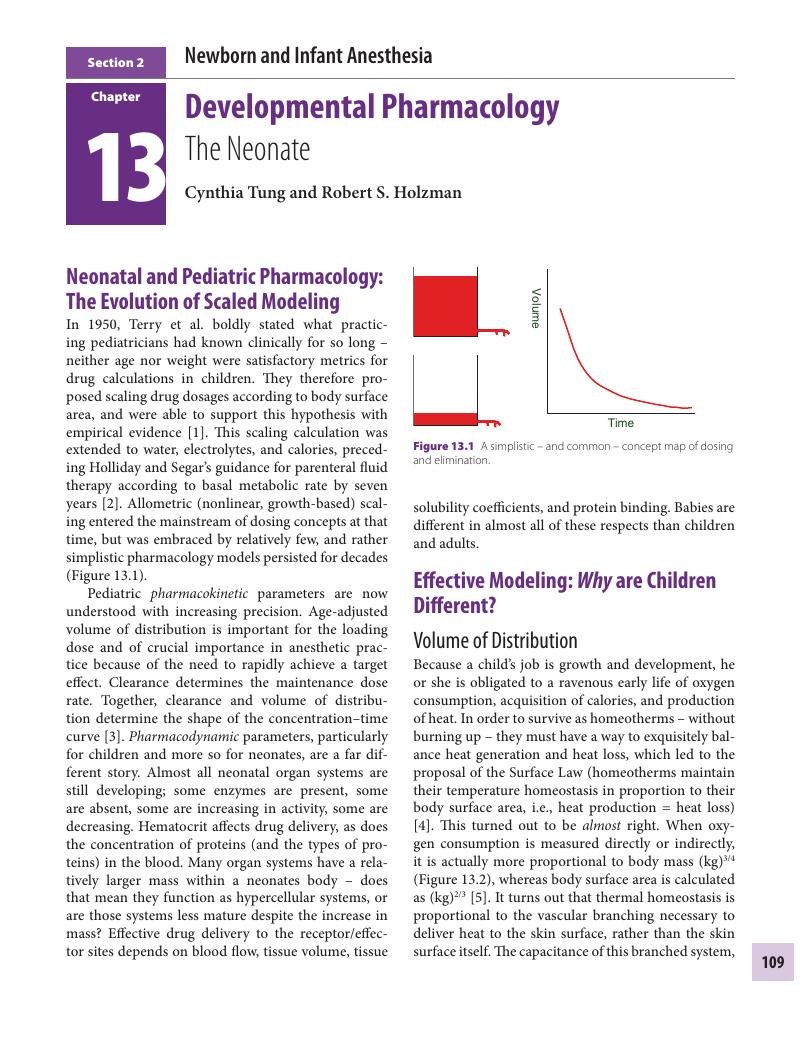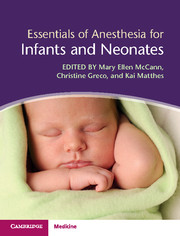Book contents
- Essentials of Anesthesia for Infants and Neonates
- Essentials of Anesthesia for Infants and Neonates
- Copyright page
- Contents
- Contributors
- Preface
- Section 1 Newborn and Infant Physiology for Anesthetic Management
- Section 2 Newborn and Infant Anesthesia
- 12 Preoperative Preparation
- 13 Developmental Pharmacology
- 14 The Newborn Airway
- 15 Fluid and Transfusion Management
- 16 Neonatal Ventilation Strategies
- 17 Anesthetic-Induced Neurotoxicity
- 18 New Anesthetic Agents on the Horizon
- 19 Monitoring of the Newborn and Young Infant Under Anesthesia
- Section 3 Specific Newborn and Infant Procedures
- Section 4 Pain Management and Other Newborn and Infant Anesthesia Concerns
- Index
- References
13 - Developmental Pharmacology
The Neonate
from Section 2 - Newborn and Infant Anesthesia
Published online by Cambridge University Press: 09 February 2018
- Essentials of Anesthesia for Infants and Neonates
- Essentials of Anesthesia for Infants and Neonates
- Copyright page
- Contents
- Contributors
- Preface
- Section 1 Newborn and Infant Physiology for Anesthetic Management
- Section 2 Newborn and Infant Anesthesia
- 12 Preoperative Preparation
- 13 Developmental Pharmacology
- 14 The Newborn Airway
- 15 Fluid and Transfusion Management
- 16 Neonatal Ventilation Strategies
- 17 Anesthetic-Induced Neurotoxicity
- 18 New Anesthetic Agents on the Horizon
- 19 Monitoring of the Newborn and Young Infant Under Anesthesia
- Section 3 Specific Newborn and Infant Procedures
- Section 4 Pain Management and Other Newborn and Infant Anesthesia Concerns
- Index
- References
Summary

Information
- Type
- Chapter
- Information
- Essentials of Anesthesia for Infants and Neonates , pp. 109 - 123Publisher: Cambridge University PressPrint publication year: 2018
